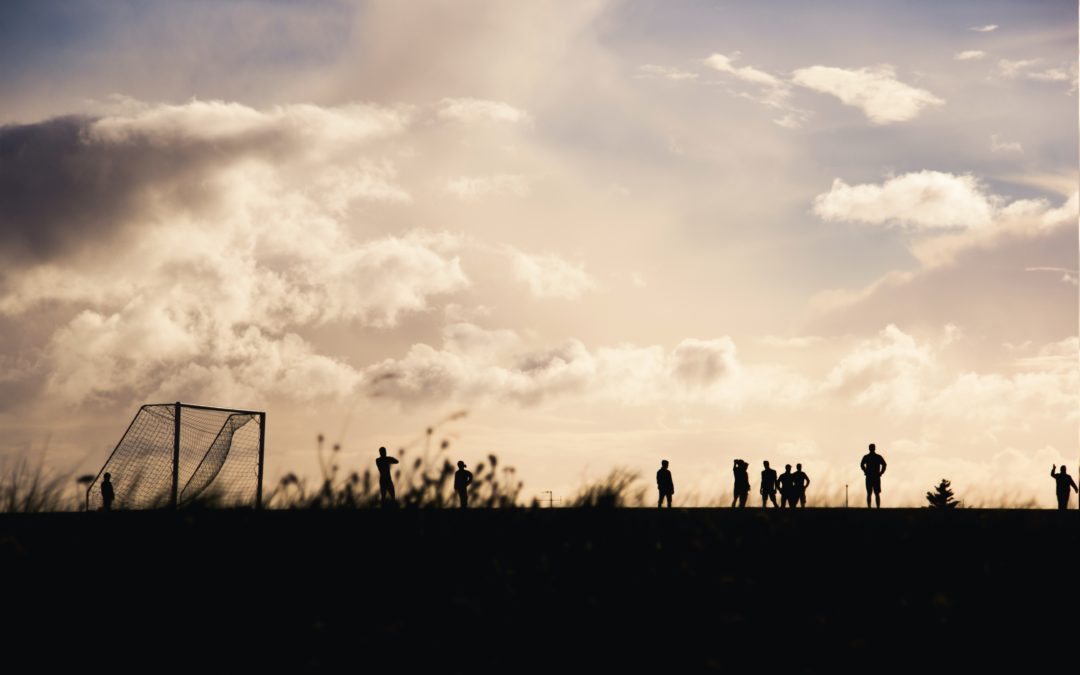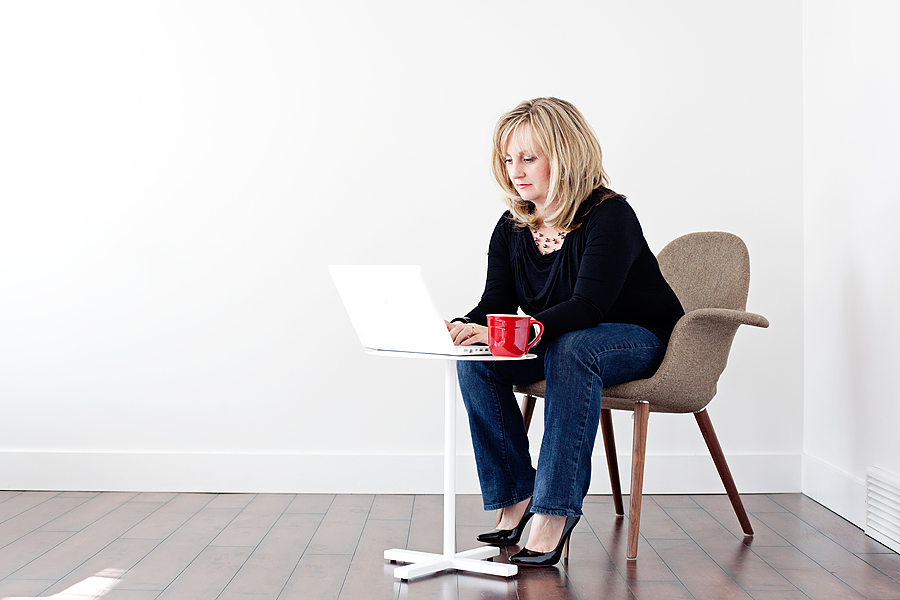We keep going.
In the midst of it all, in spite of it all…we keep going.
We pause, we rest, we break, we regroup, we pick up the pieces of distraction-laid work and we begin again.
We carry all the things at once – the invasion of Ukraine, the volatile political climate, the divisiveness in our communities, COVID – while also dealing with the everyday things like getting groceries, conducting performance reviews with our staff members, supporting clients, finding time to stay connected to dear friends, and the day-to-day frustrations in our work and personal lives.
We’re tired, we’re depleted, we anguish over the state of the world, but still we show up for our lives and for those around us. It may be at 60% instead of our usual 90%, but we keep going.
We have moments of deep gratitude, when a shift in perspective reminds us that goodness is still available to us if we choose to look for it. And then we have moments of deep frustration or anger, when the world feels too unjust and the demands upon us, too high.
We are holding a lot. We’ve been holding a lot, for a long time.
And yet, we keep going.
Slower, softer, carefully…we keep going.
Allow me to segue, awkwardly…
My daughter’s indoor soccer team plays in a diamond formation.
It begins with my daughter in net. At the bottom of the diamond, is our defensive player. At the two middle points are our midfielders. And then, at the tip of the diamond is our striker. Throughout the game, the goal is to keep up the diamond formation.
To do this, they have to both rely on, and communicate with each other.
When Meghan*, one of our key defensive players decides to take the ball and go for a run toward the net, it becomes the job of one of the midfielders like Amara, to drop back and cover until Meghan returns to her spot.
If Lauren, our striker, gets caught in the middle of the field, it’s the job of the midfielder to get higher to receive a pass and shoot.
And if my kiddo gets knocked down trying to save a shot, it’s the job of the defensive player (or really anyone) to get behind her and keep the ball out of the net.
They are individual players playing a team game. They all have different roles and leverage different strengths, but at the end of the day, their ability to win is largely tied to their ability to support each other throughout the game.
No one girl can do it all by herself, nor should she.
And if she tries (and let’s be honest, some of them do try), inevitably, they either lose the ball or they run out of energy.
A few short sprints are fine, and even needed, but constantly running across the field while trying to play all the positions only leads to injury and exhaustion.
Create your own diamond formation
Two weeks ago, I was listening in as my husband had his weekly team meeting. When it got to be his turn, I heard him update the group on what he’d been working on, and then say, “And hey, things are quiet over here for me this week. If anyone needs support, I’m happy to help out.” Within an hour, a co-worker reached out to him for back-up.
And next week, when things ramp up again, it will hopefully be someone else offering to carry the load for a leg of the journey.
Despite what conventional leadership models may have taught us – either formally or through experience – we aren’t robots with ever-ready batteries inside us.
Our energy ebbs and flows, our clarity waxes and wanes, our capacity increases and decreases on any given day, during any given week, due to any number of variables both inside and outside our control.
And as leaders, our job is to keep the whole team playing well, together, for the long-haul.
To do this, we have to learn to rely on each other and give ourselves (and others) permission to both go up for a big run toward the net or drop back and play a supportive role, depending on what’s needed and what we have in us to give.
That can look like:
- Empowering staff at all levels to take ownership and agency for the projects they’re working on
- Identifying key people we can turn to when we’re in overwhelm or uncertainty – if nothing more than to be an ear
- Trading knowledge, supports and services with colleagues who have skills in areas you don’t, and vice versa (e.g. tech)
- Getting support on the home front if work is particularly intense; getting support on the work front if your personal life is overflowing
- Building relationships with a few trusted colleagues (or even one) where you can pick up the slack for each other when one is at max capacity
- Creating a team culture that models asking for help, offering help and accepting help at all levels of leadership
- Having regular check-ins with the people you care about and lead to understand the weight of the load they may be carrying
And most importantly, to remember that like my daughter’s soccer team’s diamond formation, it’s fluid and constantly in motion. This week, one player (leader) may have the energy and resources to sprint forward, while another steps back, only to reverse roles the following week.
What matters isn’t the effort of one individual’s efforts, but the collective commitment to keeping the formation intact.
You know, we talk a lot about self-care – to the point where the words have almost lost their meaning.
And while it’s important that we as leaders take care of ourselves, I wonder if we focus too much on what each of us as individuals should do to prevent stress, overwhelm and burnout and less on ways we can help each other in tough times.
Where can we start to rely on each other more instead?
How can we find ways to support and strengthen each other’s efforts rather than watch as others struggle, while secretly crossing our fingers it won’t come for us?
And what can we do to create diamond formations in our leadership – knowing that we have supports ahead of us, beside us and behind us?
We all may keep going, but perhaps we could go further together.
Steph
*Join us inside LEAD.Well for a built-in diamond formation. Starting Q2 2022, we’ll be exploring the theme, ‘Grow your Leadership Community.’ You can learn more and sign up here.
*Names have been changed



